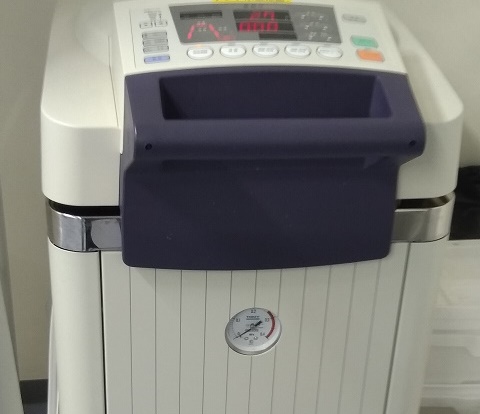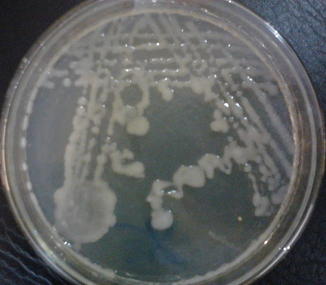MACROMOLECULES OF LIFE
Macromolecules are large biological molecules that are made up of repeating smaller biological units generally known as monomers. They are polymers of high molecular weight that are biologically and chemically assembled from simpler precursors (i.e. monomers). The monomers are the foundational constituents of macromolecules; and these smaller biological units are usually held together by strong […]
MACROMOLECULES OF LIFE Read More »
Microbial Physiology & Metabolism









